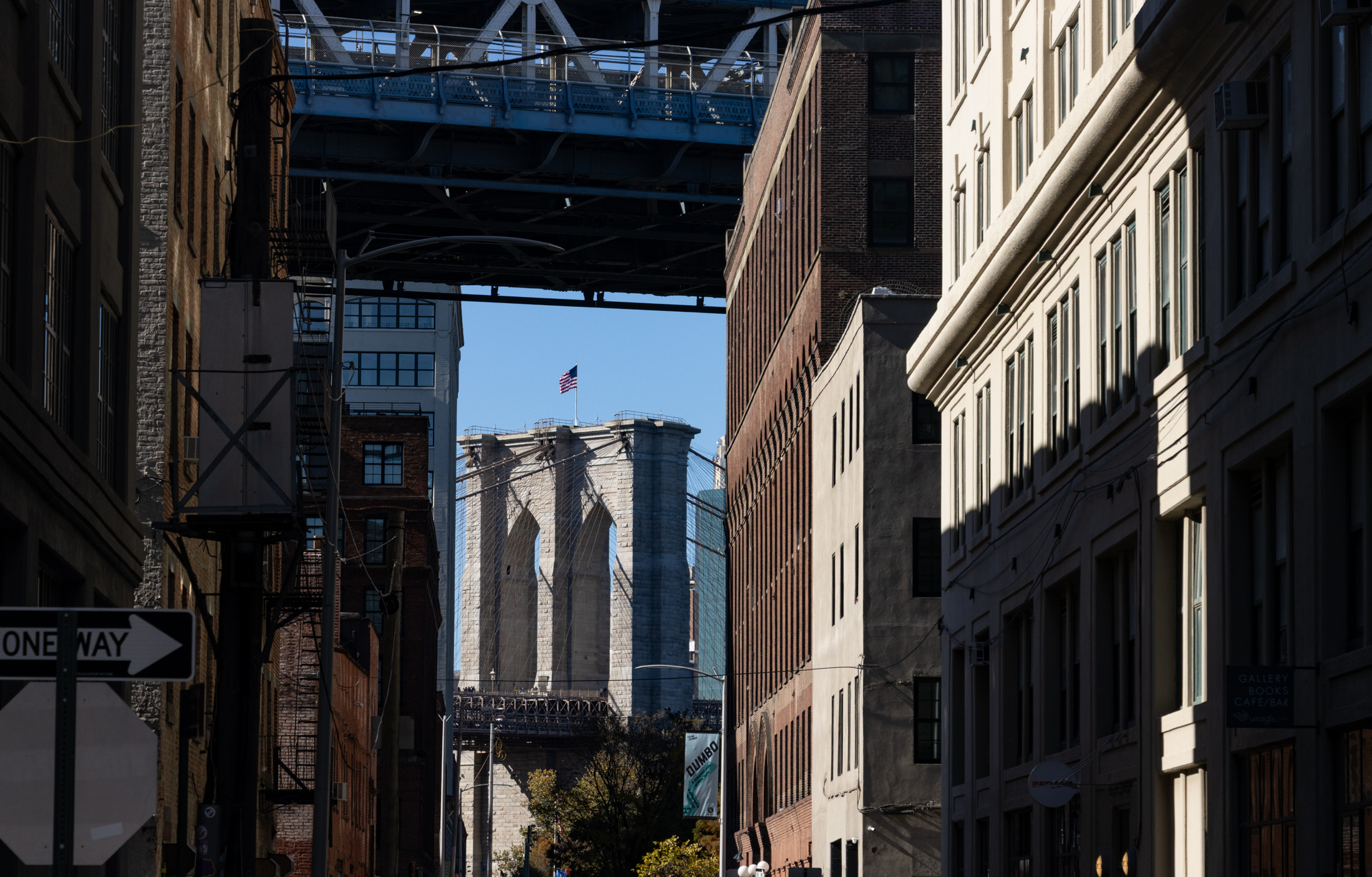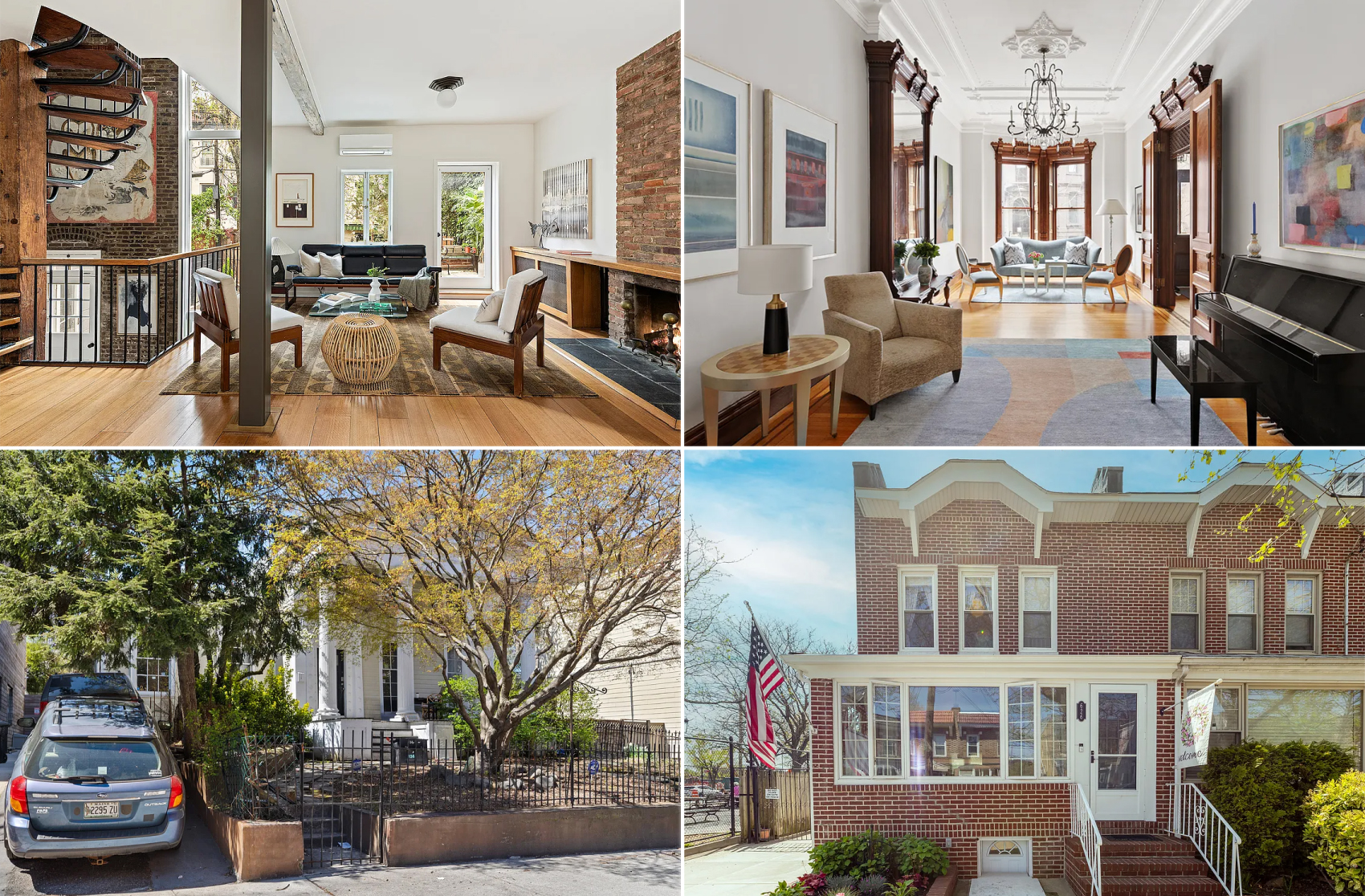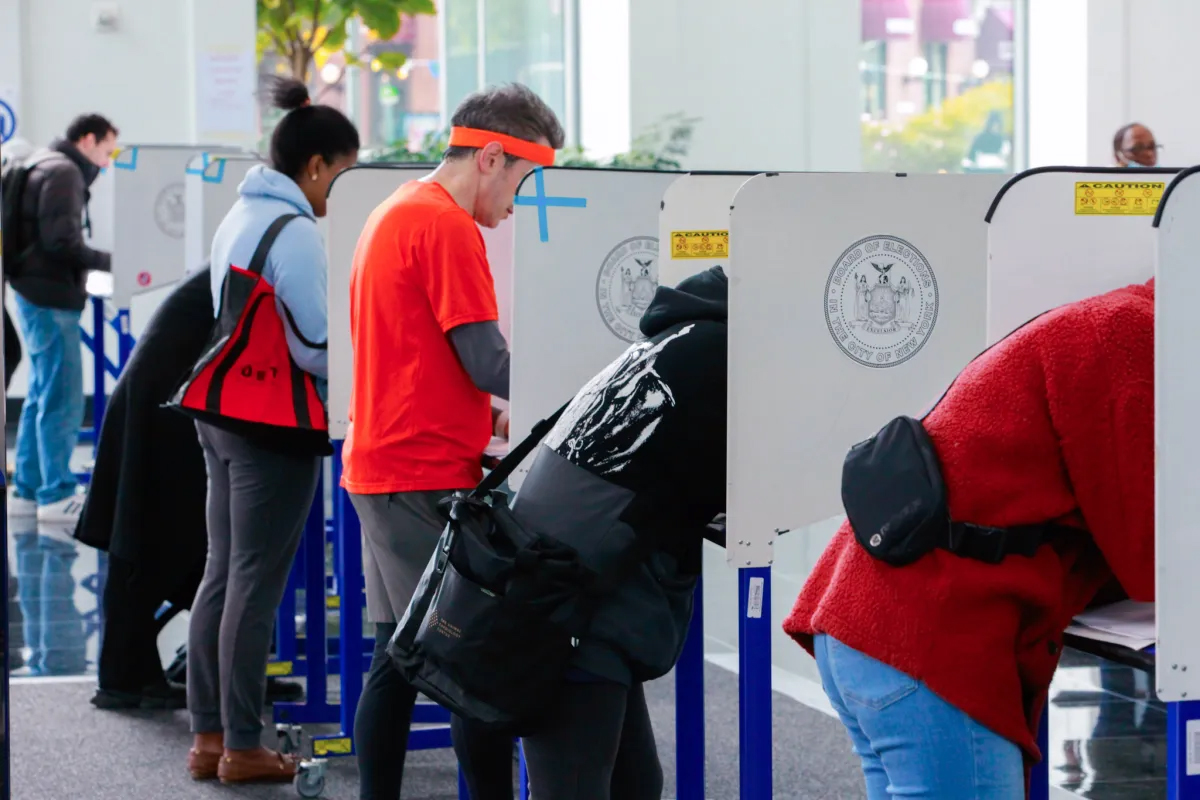Brooklyn Paper: Taxpayers Paying Up for Downtown Rental
It’s hardly breaking news, but The Brooklyn Paper has a story this week about Forest City Ratner Companies receiving $109.5 million in tax-exempt bonds and $27.5 million in taxable bonds issued by the New York State Housing Finance Agency for the 335,000-square-foot building under way at 80 DeKalb Ave. According to The Brooklyn Paper, critics…


It’s hardly breaking news, but The Brooklyn Paper has a story this week about Forest City Ratner Companies receiving $109.5 million in tax-exempt bonds and $27.5 million in taxable bonds issued by the New York State Housing Finance Agency for the 335,000-square-foot building under way at 80 DeKalb Ave. According to The Brooklyn Paper, critics say that this translates into tax payers underwriting each affordable unit to the tune of $1.5 million. Wachovia Bank and Helaba provided “credit enhancement” to the $137 million in bonds. The 34-story tower, Ratner’s first residential building in Brooklyn, was designed by Costas Kondylis. It’s an 80/20 unit with 292 market-rate rental units and 73 affordable ones, that will remain so for 99 years. The building is to be green—they expect to achieve LEED certification—and could begin leasing next summer.
Ratner’s First Tenants [The Brooklyn Paper]
New Glassy Tower to Join Fort Greene Mini-City [NY Observer]
Development Watch: 80 Dekalb Avenue [Brownstoner] GMAP P*Shark DOB
80 Dekalb Avenue: Get Ready for Take-Off [Brownstoner]
Public Hearing Scheduled for 80 Dekalb Financing [Brownstoner]
Demo Done at Site of Ratner’s Dekalb Tower [Brownstoner]
At 80 Dekalb, No Mention of Ratner [Brownstoner]
Ratner: ‘Fort Greene, I’ve Got You Surrounded’ [Brownstoner]





Thanks, ReMiXxd…for some reason it looks empty.
jawbreaker – it of course will depend on the price and the ultimate quality of the build, but i wouldn’t think they’d have much trouble attracting couples and young families looking to “test out” brooklyn before they buy. it’s got nice proximity to ft. greene and BAM, is not so far from smith st. and boerum hill and is about a 2 minute walk to pretty good subway access to midtown. to me, it would be less attractive than something comparable in, say, south slope, just because flatbush extension isn’t pretty and doesn’t seem to be developing amenities the same way that south 4th ave is, but the commute and other conveniences may make it a wash.
“apparently, someone making $25-35k can pay $1200”
Of course they can. They just can’t eat, take a subway or have a phone.
“Critics point out that this translates into tax payers underwriting each affordable unit to the tune of $1.5 million.”
I don’t pretend to understand the financing stuff but why would that money only be thought of as applying to the “affordable units” when it is to the benefit of the whole building? Aren’t taxpayers actually subsidizing the market rate apartments as well, in actuality?
Brownstoner and Brooklyn Rag (nee Paper) rhetoric.
Its funny how the same thing always happens – for years constituency screams for Govt to arrange more affordable housing; Government has plan to offer financing for affordable housing, developer participates in plan for affordable housing (plan is open – no special deal for specific developer), and then same people complain that it is a give away.
Do you MORONS (who like to criticize everything) have any idea what the DIRECT COST would be to the taxpayer if the Government tried to build these kind of developments on there own would be????????
You are right Altervoice on the financing ‘subsidy’ issue. Either Lisa is clueless on 80/20 projects and public agency financing thru tax-exempt bonds … or it is usual Brownstoner spin when anything involves Ratner.
Alter… I believe that’s right.
But it doesn’t say anywhere what the actual rent would be. It says the units would be “available” if my “household” makes less than $72k.
I have a feeling it’s not going to be that “affordable.” The formulas are always ridiculous for this stuff. I saw a listing for new “affordable housing” not that long and, apparently, someone making $25-35k can pay $1200 for an apartment. Ridiculous city this is.
About a third of the Forte building is occupied. Though prices have slipped, it is still more expensive then most of the condos over on Flatbush. There is an open house with a tiki bar on the roof deck every wednesday. Worth a look, even if it’s only to se the view from up there.
I don’t think the reported critics are crunching the numbers correctly. Isn’t the unit subsidy equal to the difference in the cost between market-rate paper and the tax exempt bonds? The developer still needs to pay back the loan, just at a lower interest rate. That was always my understanding of how this works; am I wrong?
If Ratner keeps getting bonds, we may need to start being nice to him. You should always be nice to the people that are holding your money.